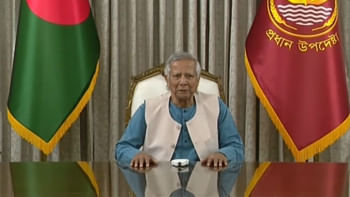One Indian Girl, Many Indian Girls

Chetan Bhagat's latest creation, One Indian Girl is rather unique when compared with his previous works since it is written from a woman's perspective. Despite what the title suggests, however, One Indian Girl is not a story of any typical saree-wearing, roti-making Indian girl; it is the story of a cosmopolitan career-woman Radhika Mehta. Set in New York, Hong Kong, London, Philippines, Goa - the novel's ever-changing settings echoes expertly the protagonist's fluctuating love life, or lack thereof. Despite being financially liberated and strongly opinionated, she encounters issues pretty much all Indian, Bangladeshi, Pakistani, and other South-Asian women do - nosy and dominant relatives, the either-or option of "nest or fly," conventional white-washed idea of beauty, commitment-phobic boyfriends... the list goes on. What is most convincing about this book though is that Bhagat expresses without any hesitation how (academic and financial) success does not necessarily guarantee a fairytale life. In his signature sassy style, the author lists in the back cover the protagonist's three eminent traits which make her a youth icon. The character development of the male characters, however, is not very well-defined; both Debu and Neel appear to be rather generalized and vilified by the author. While this book may not be a masterpiece, it should prove to be a good read when you are stuck in Dhaka's never ending traffic jams or are in the mood for something Bollywood-y. For sure, One Indian Girl, is not the story of merely one Indian girl; it is story of all subcontinental phoenix-like women from this side of the planet. Easter egg for Chetan Bhagat fans: just like all his previous novels, the (synonymous) namesake of Krishna ultimately ends up, or at least has the possibility of ending up with the vivacious heroine, Radhika.
TS Marin is a Lecturer at Primeasia University and sub-editor of Literature and Reviews pages, The Daily Star.


 For all latest news, follow The Daily Star's Google News channel.
For all latest news, follow The Daily Star's Google News channel. 



Comments